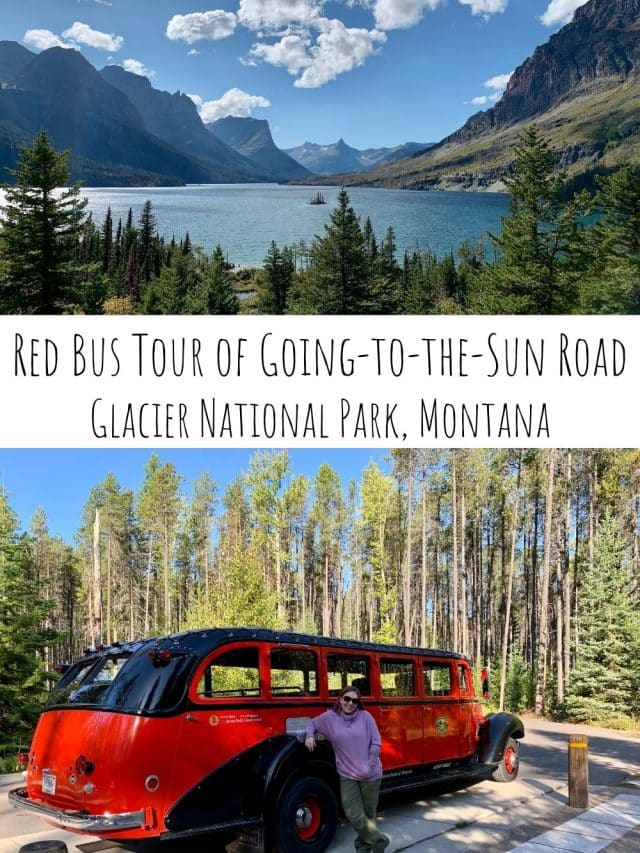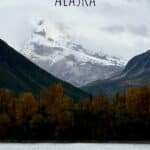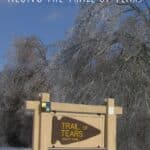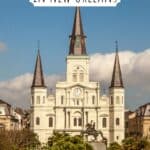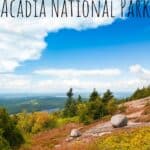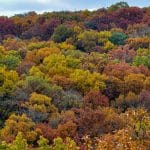Sites to See along the Lewis and Clark Trail
In 1803, President Thomas Jefferson commissioned Meriwether Lewis and William Clark to explore the newly-acquired Louisiana Territory. The expedition, which lasted from 1804 to 1806, was a landmark event in American history. Today visitors can retrace the steps of Lewis and Clark along the Lewis and Clark National Historic Trail. This trail spans more than 3,700 miles and passes through 16 states, from Illinois to Oregon. Along the way, there are numerous sites and attractions that commemorate the expedition and its significance. Here are 16 of the most notable sites to see along the Lewis and Clark National Historic Trail.
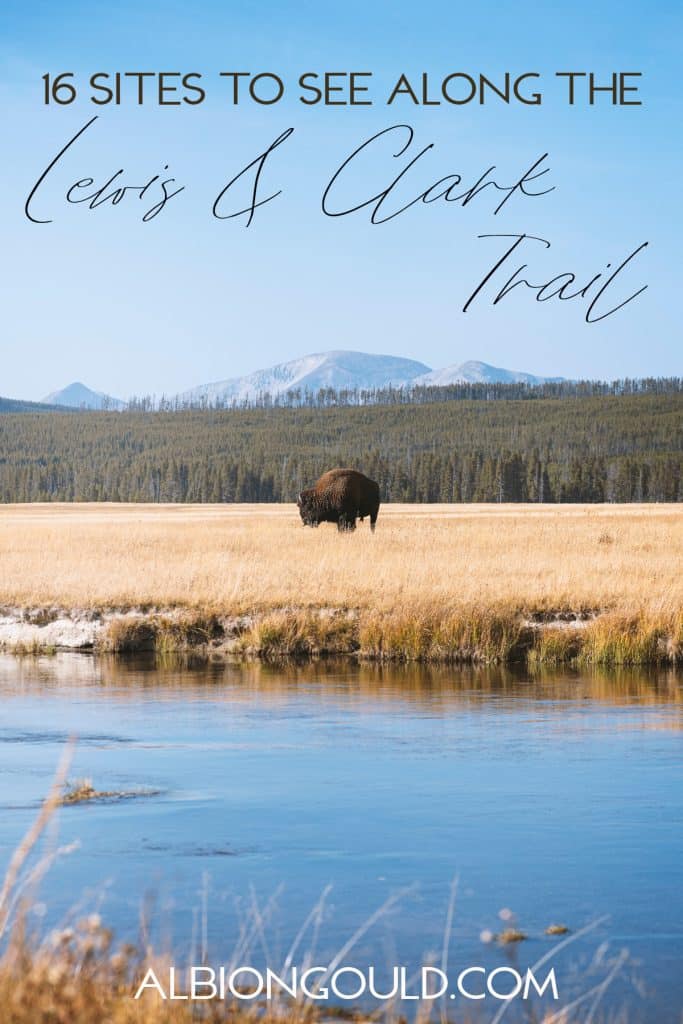
Camp River Dubois, Illinois
This was the starting point of the Lewis and Clark expedition. It was here that Lewis and Clark met for the first time and began to plan their journey. Today, Camp River Dubois is a state park and a National Historic Landmark. Visitors can see reconstructions of the buildings that Lewis and Clark would have used, as well as a museum with exhibits about the expedition.
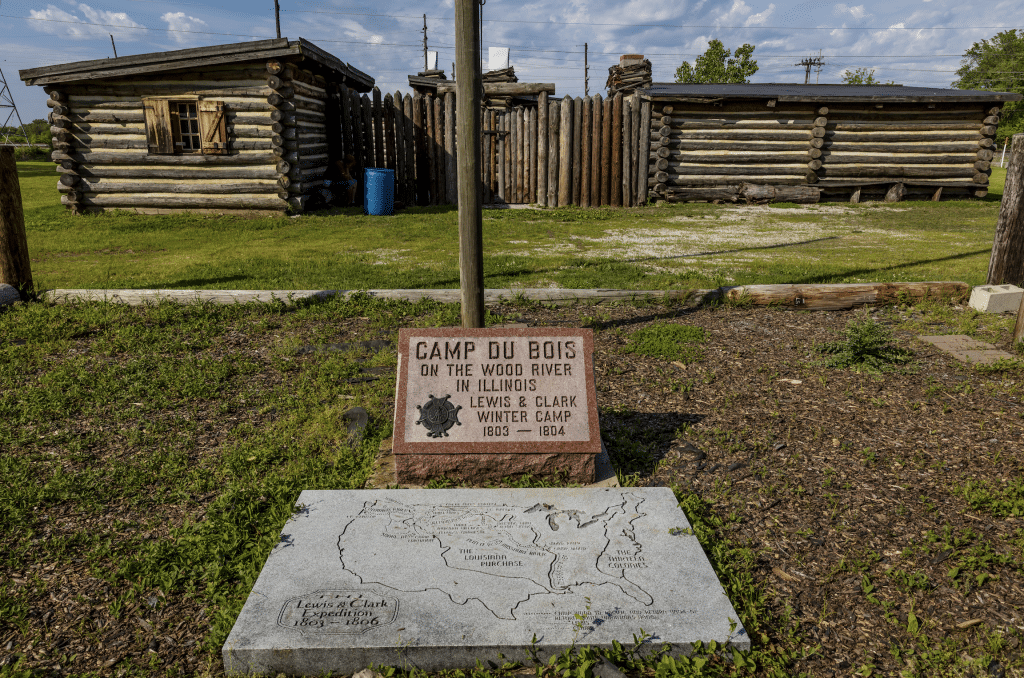
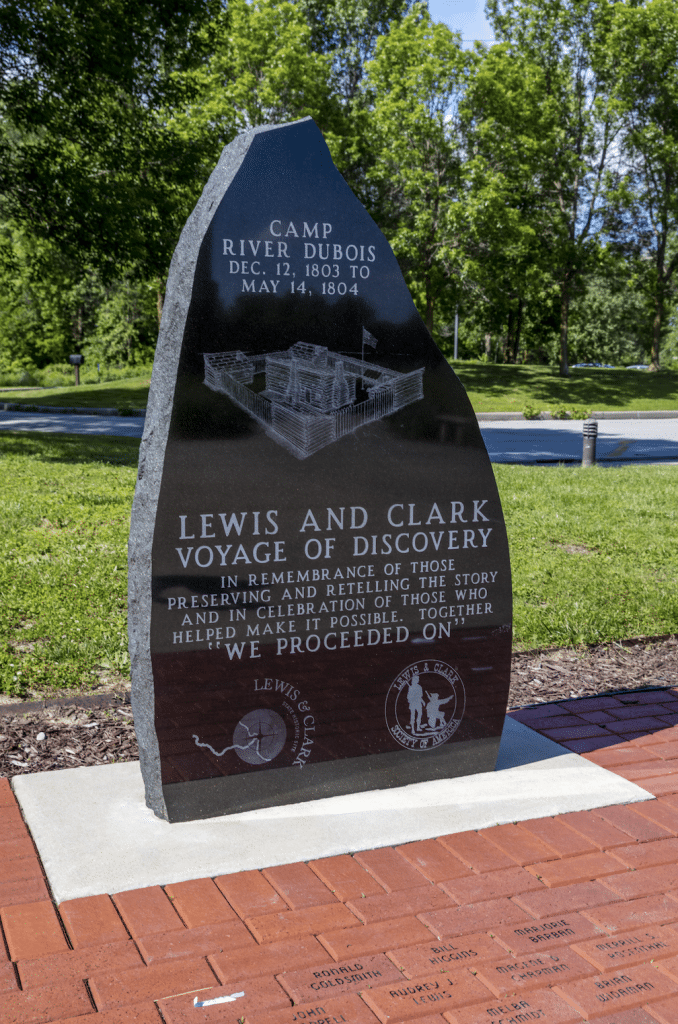
Cahokia Mounds, Illinois
Cahokia Mounds is a state historic site that was once the largest city in North America north of Mexico. The city flourished from about 800 to 1400 AD, and had a population of up to 20,000 people. Today, Cahokia Mounds is a World Heritage Site and a National Historic Landmark. Visitors can see the remains of the city, including the massive Grand Plaza and the pyramidal Monk’s Mound.

Jefferson National Expansion Memorial, Missouri
The Jefferson National Expansion Memorial in Missouri commemorates the westward expansion of the United States. The centerpiece of the memorial is the Gateway Arch, which is the tallest monument in the United States. Visitors can also see exhibits about the Lewis and Clark expedition at the museum beneath the arch.
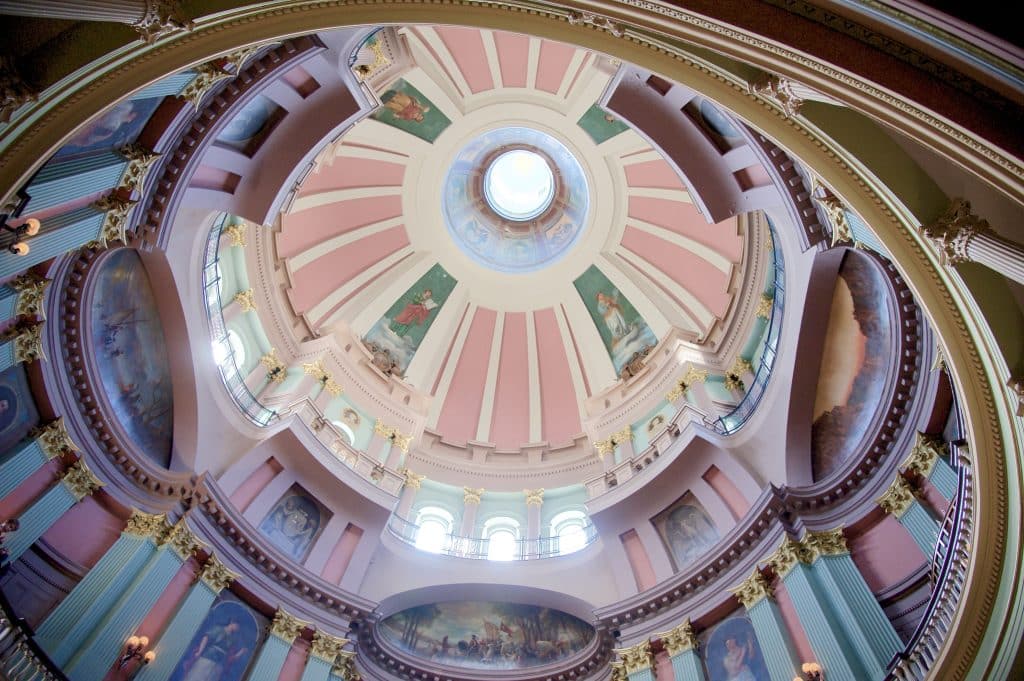
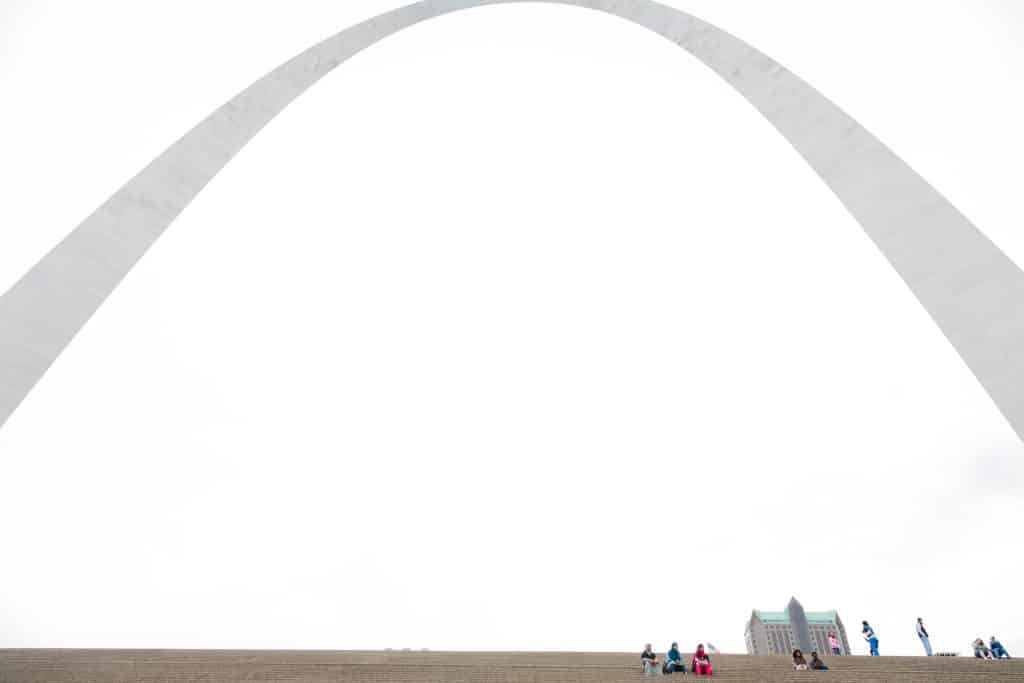
Lewis and Clark State Historic Site, Missouri
The Lewis and Clark State Historic Site in Missouri is where Lewis and Clark spent the winter of 1803-1804. During this time, they made preparations for the expedition and built their boats. Today, visitors can see reconstructed buildings from the winter camp, as well as a museum with exhibits about the expedition.
Pompey’s Pillar, Montana
Pompey’s Pillar is a large sandstone butte that rises 120 feet above the Yellowstone River. The pillar is named for Captain William Clark, who carved his name into the rock in 1806. Today, Pompey’s Pillar is a National Monument and a National Historic Landmark. Visitors can see the carving of Clark’s name, as well as panoramic views of the Yellowstone River Valley.
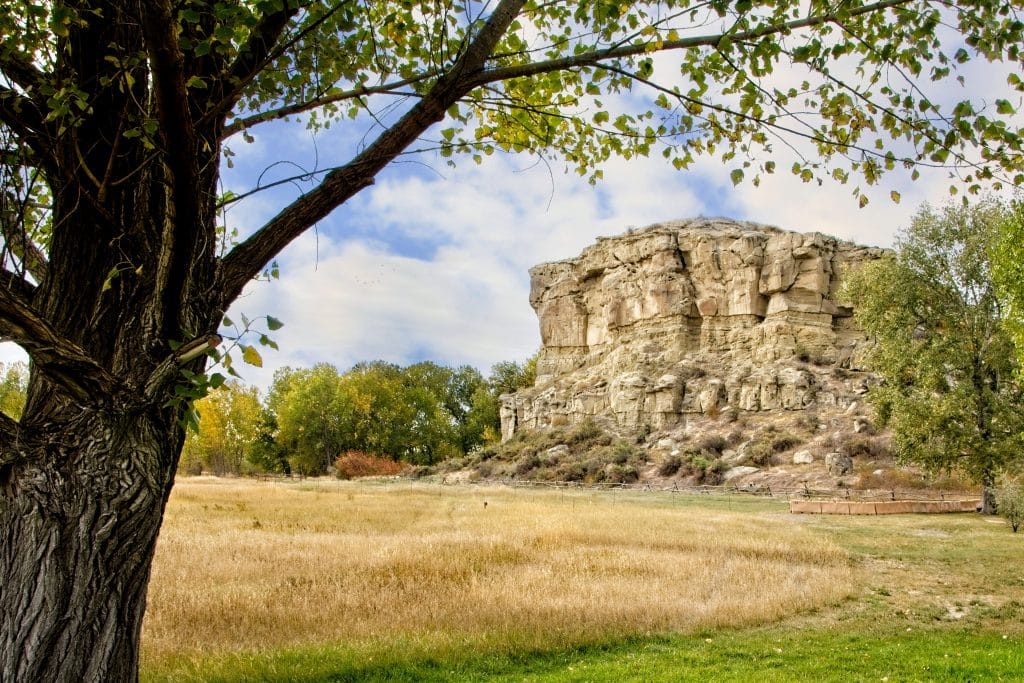
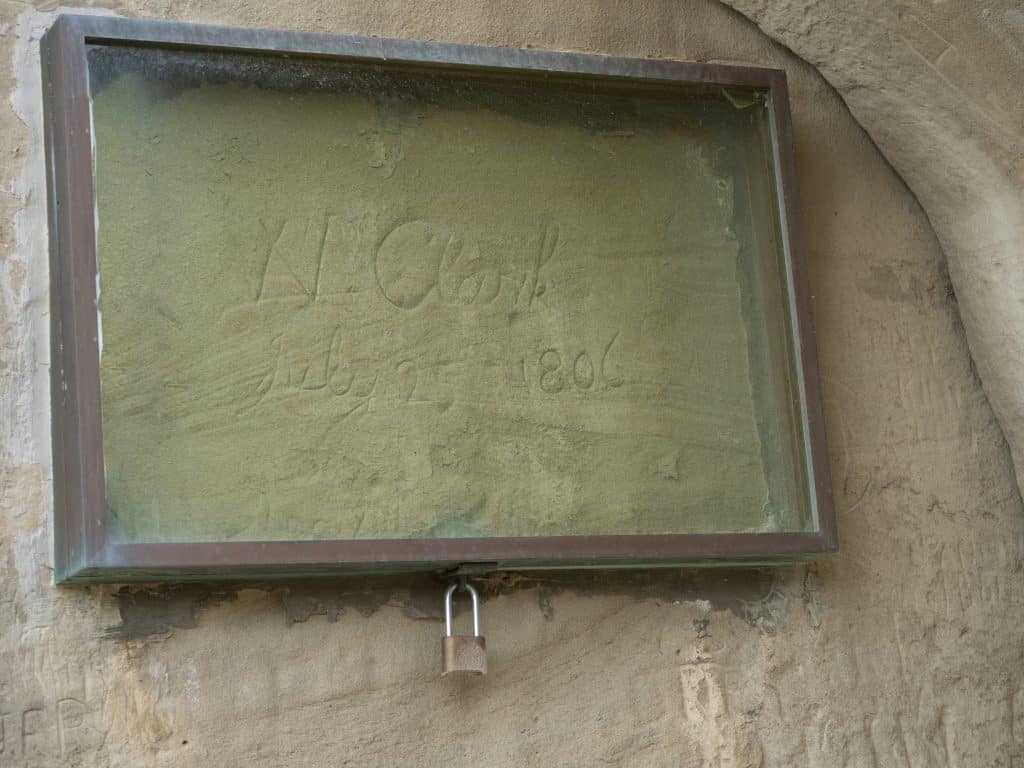
Knife River Indian Villages National Historic Site, North Dakota
The Knife River Indian Villages National Historic Site is the site of three Mandan and Hidatsa villages that were visited by Lewis and Clark in 1804 and 1806. The villages were home to thousands of people and were important centers of trade and culture. Today, visitors can see the remains of the villages, as well as a museum with exhibits about the Mandan and Hidatsa people.
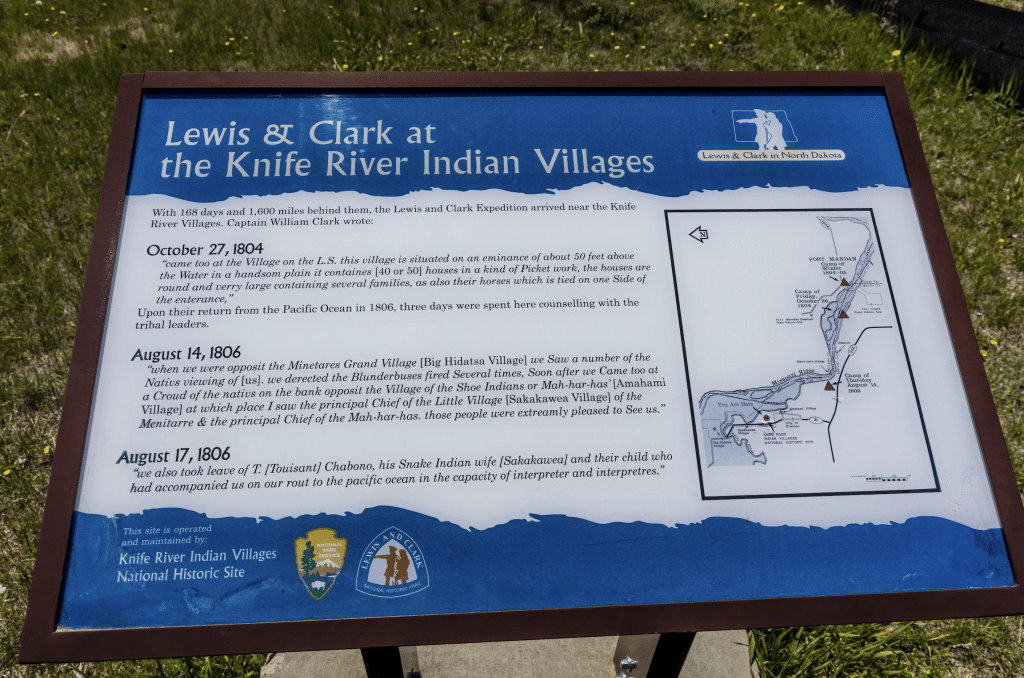
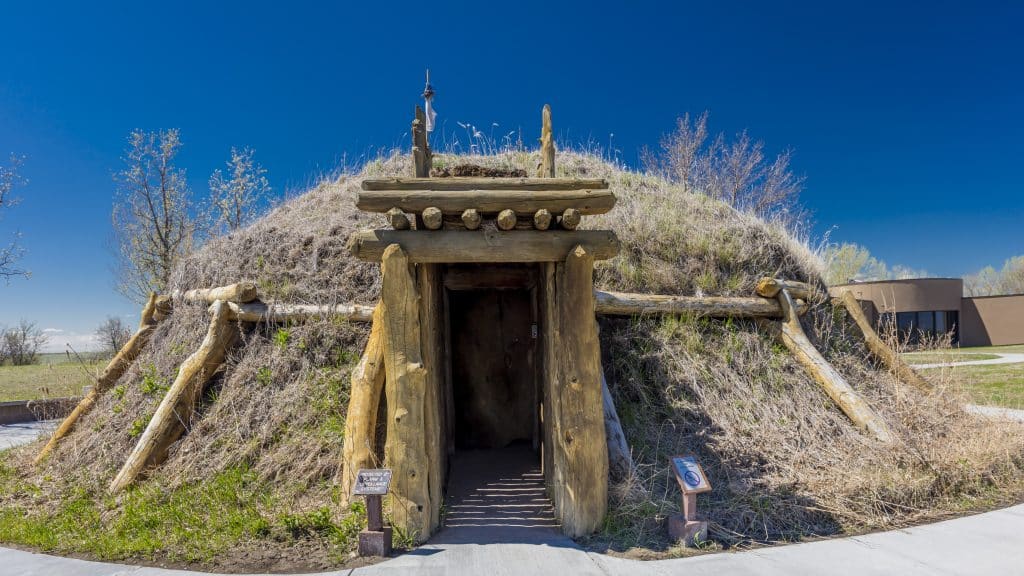
Fort Mandan, North Dakota
Fort Mandan was the winter headquarters of the Lewis and Clark expedition. It was here that Lewis and Clark met with the Shoshone woman Sacagawea and her husband, the French-Canadian trader Toussaint Charbonneau. The expedition also spent time at Fort Mandan visiting with the Mandan and Hidatsa people. Today, visitors can see a reconstruction of Fort Mandan, as well as a museum with exhibits about the expedition.

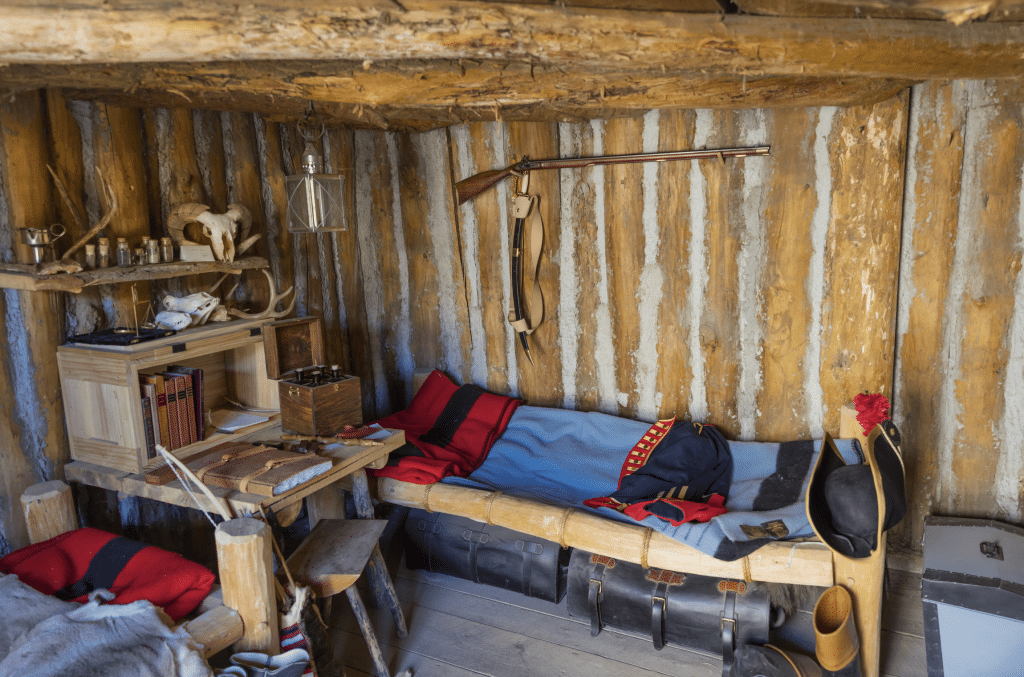
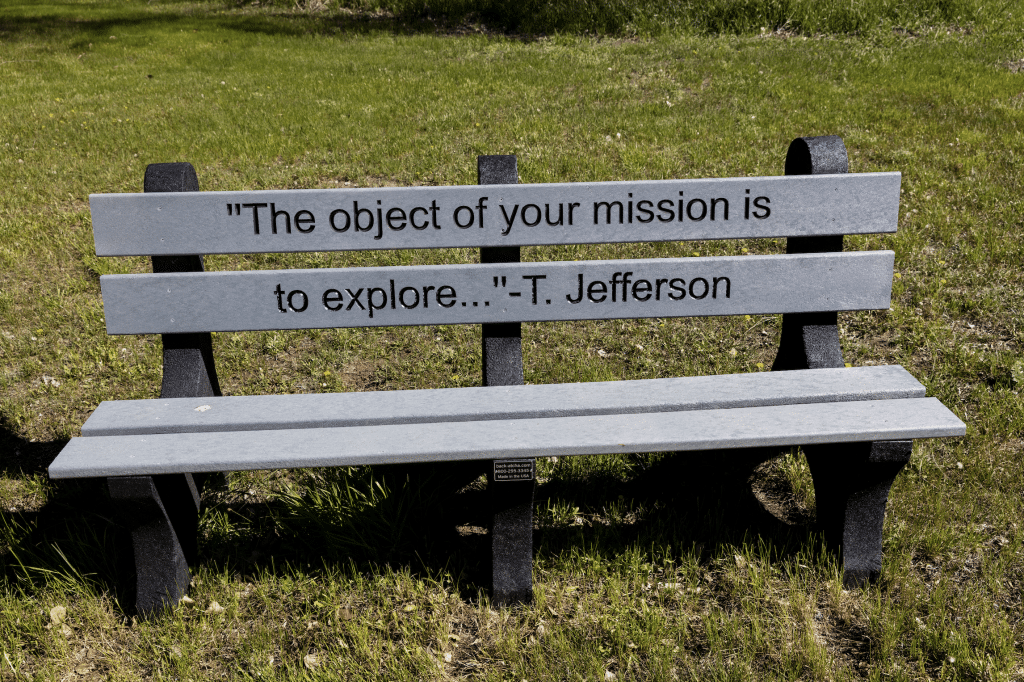
Big Horn Mountains, Wyoming
The Big Horn Mountains are a range of mountains in north-central Wyoming. The Lewis and Clark expedition crossed the Big Horn Mountains in 1806 on their way to the Pacific Ocean. Today, visitors can see the remains of the trail that the expedition used, as well as panoramic views of the mountains from lookout points.
Yellowstone National Park, Wyoming
Yellowstone National Park is a national park that was established in 1872. It is home to geothermal features such as geysers and hot springs, as well as wildlife including bison, elk, and bears. Lewis and Clark were the first Europeans to see Yellowstone, and their reports of the area helped to spur interest in its preservation. Today, visitors can see the geothermal features and wildlife that make Yellowstone one of the most popular national parks in the United States.
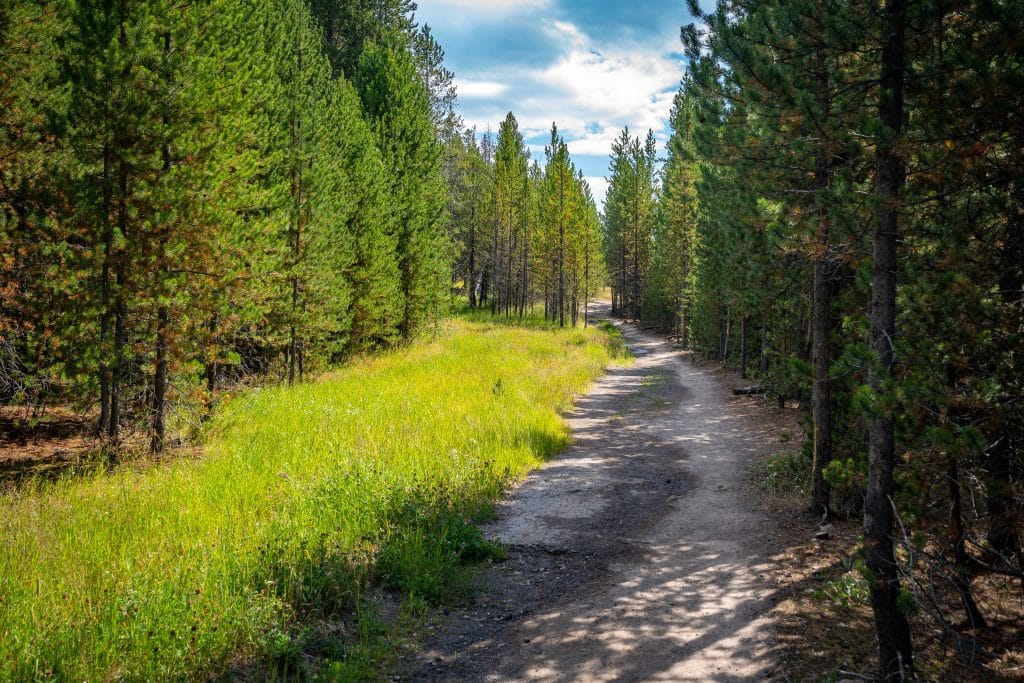

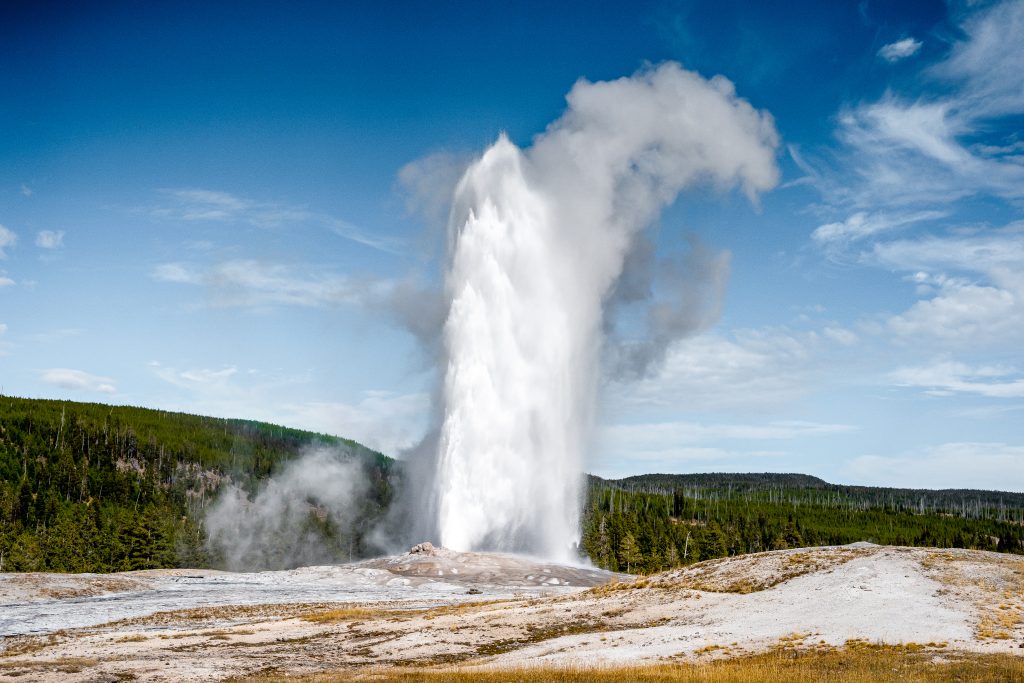
Great Falls of the Missouri River, Montana
The Great Falls of the Missouri River are a series of waterfalls located in north-central Montana. The falls were an obstacle for Lewis and Clark, as they had to portage their boats and equipment around them. Today, visitors can see the Great Falls from lookout points and hiking trails.
Helena, Montana
The city of Helena, Montana is the capital of the state. It was founded in 1864 as a mining town, and many of the buildings in the historic downtown area date from this time. Helena was an important supply center for the Lewis and Clark expedition, as it was the closest settlement to their winter camp at Fort Mandan. Today, visitors can see the historic downtown area, as well as a museum with exhibits about the Lewis and Clark expedition.
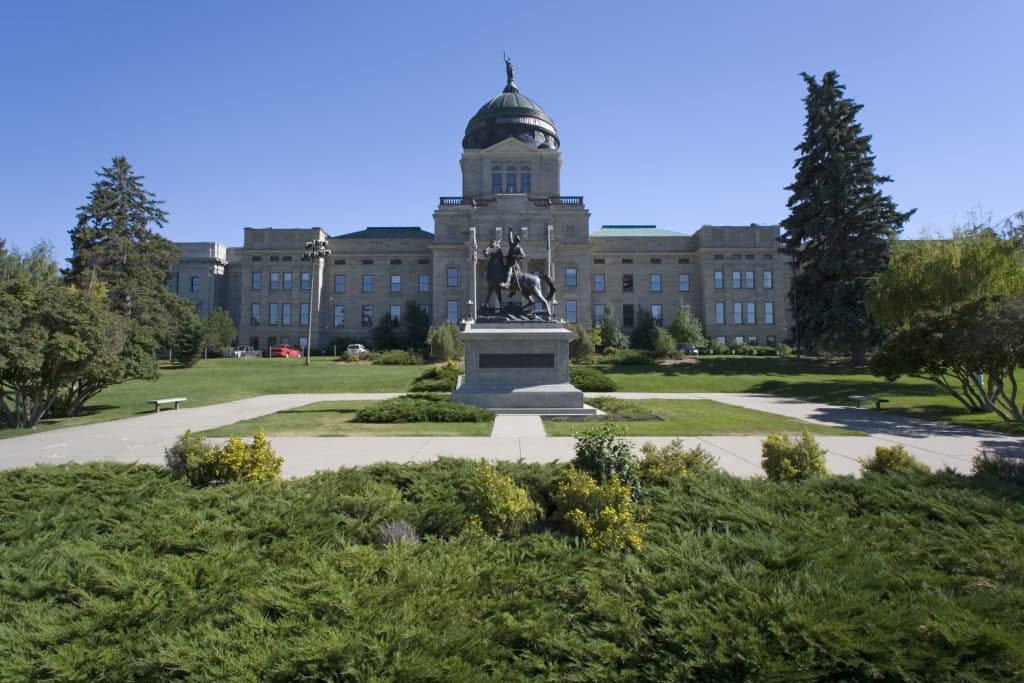
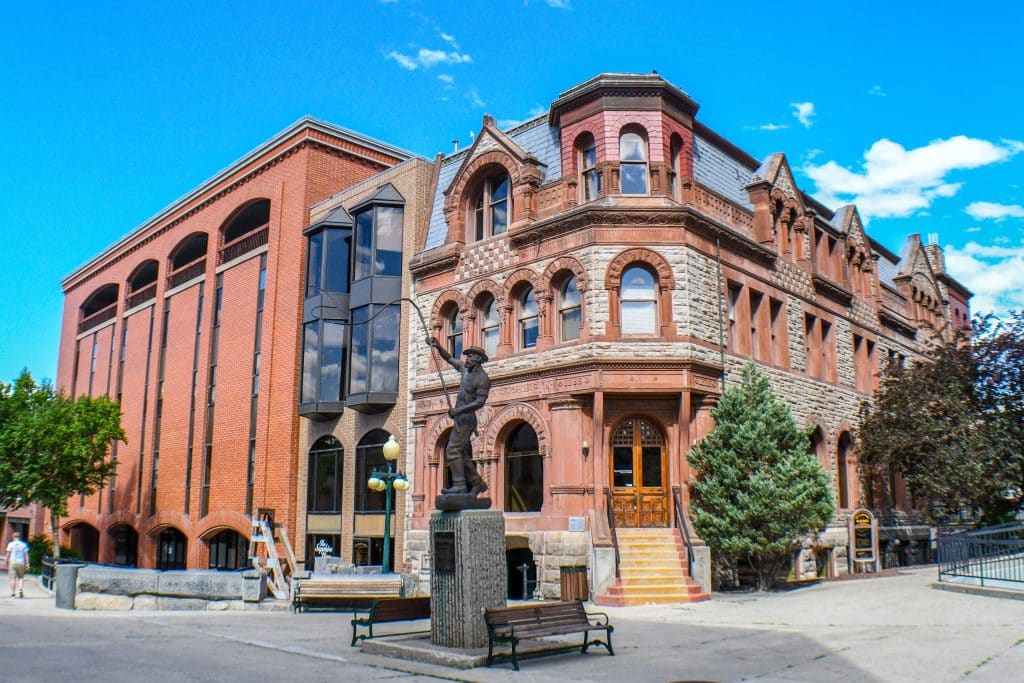
Lolo Trail, Montana
The Lolo Trail is a hiking trail that follows the route of the Lewis and Clark expedition through the Bitterroot Mountains. The trail passes through forests and meadows, and offers views of mountains, lakes, and wildlife. Today, visitors can hike the trail or take a scenic drive along it.
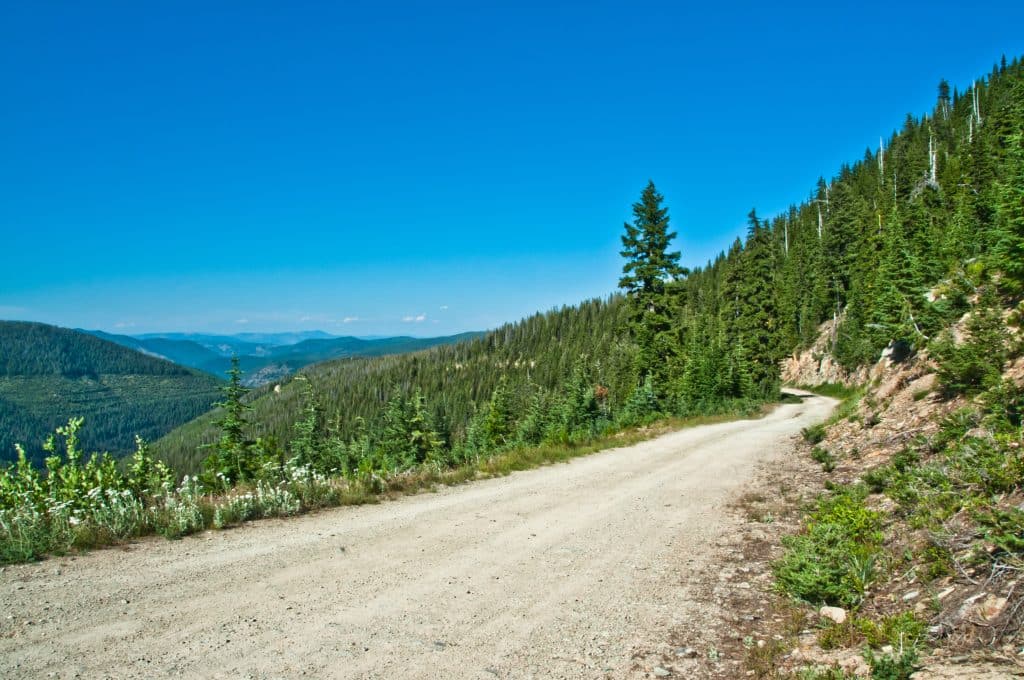
Nez Perce National Historical Park, Idaho
The Nez Perce National Historical Park is a park that commemorates the history and culture of the Nez Perce people. The park includes 38 sites that are located in Idaho, Oregon, and Washington. These sites include the site of the Battle of White Bird Canyon, where the Nez Perce defeated the U.S. Army in 1877, as well as the Nez Perce National Historical Trail, which follows the route of the Nez Perce during their forced removal from their homeland. Today, visitors can see the sites and trails, as well as a museum with exhibits about the Nez Perce people.

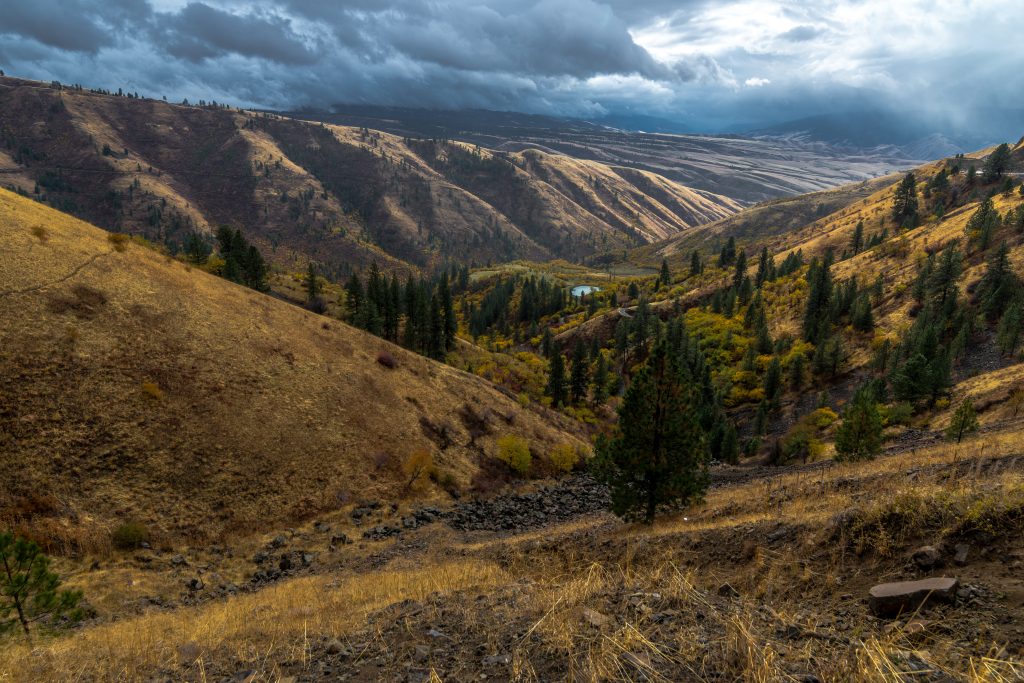
Clarkston, Washington
The city of Clarkston, Washington is located at the confluence of the Snake and Columbia rivers.
Today, visitors can see the confluence of the rivers, as well as a monument to Lewis and Clark.
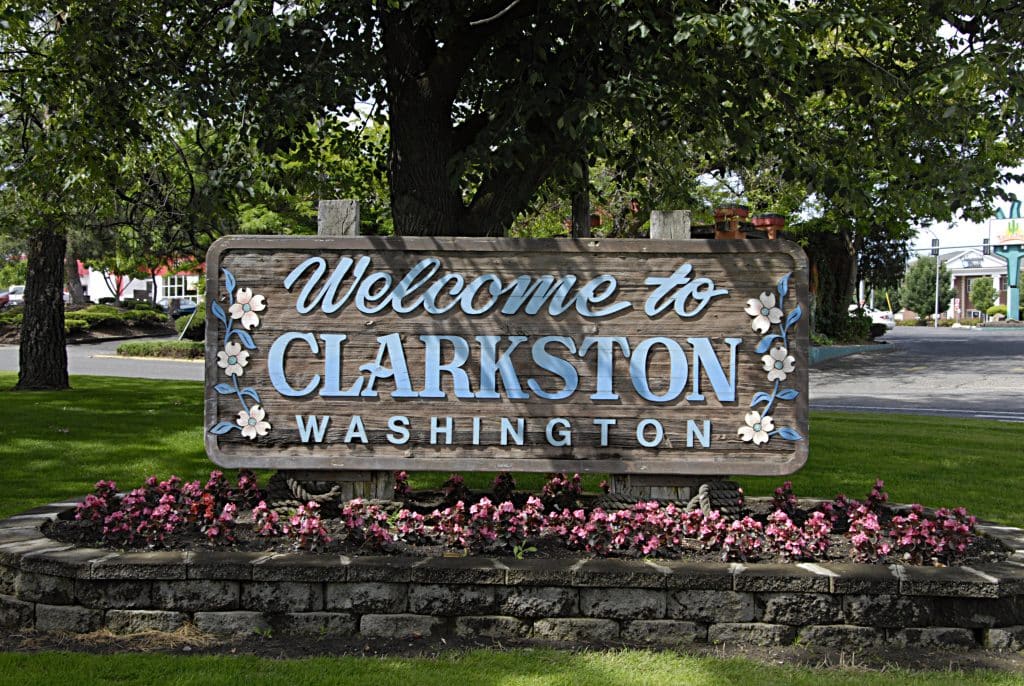

Cape Disappointment State Park, Washington
The Cape Disappointment State Park is a state park located at the mouth of the Columbia River. The park includes two lighthouses, as well as hiking trails and beaches. It was here that Lewis and Clark first arrived at the Pacific Ocean. Today, visitors can see the lighthouses and hike the trails.



Fort Clatsop, Oregon
The Fort Clatsop is a replica of the fort that Lewis and Clark built during their winter stay in 1805-06. The fort was constructed using traditional methods and materials, and it is located near where the original fort stood. Today, visitors can see the fort and learn about the daily life of the Lewis and Clark expedition.
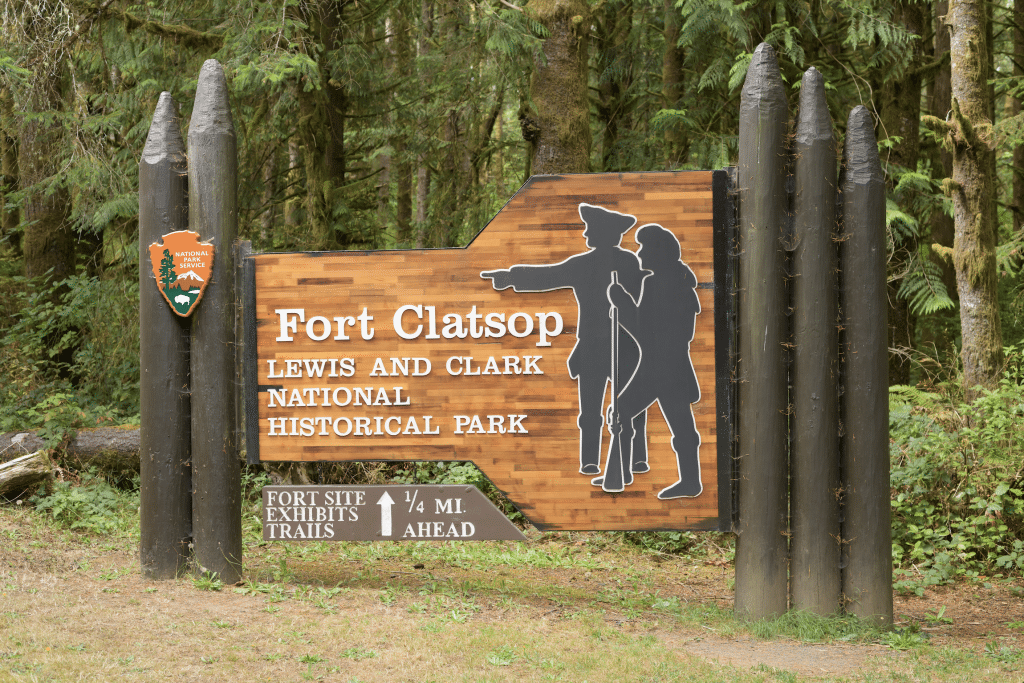
Lewis and Clark were the first Europeans to see many of these places, and their reports of the area helped to spur interest in its preservation. Today, visitors can see the geothermal features and wildlife that make Yellowstone one of the most popular national parks in the United States. If you’re interested in learning more about Lewis and Clark or visiting some of their historic sites, be sure to check out these 16 must-see stops along the Lewis and Clark Trail.
While you’re exploring, head to Glacier National Park and take a red bus tour of Going-to-the-Sun Road!
